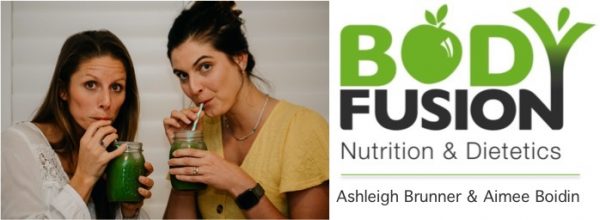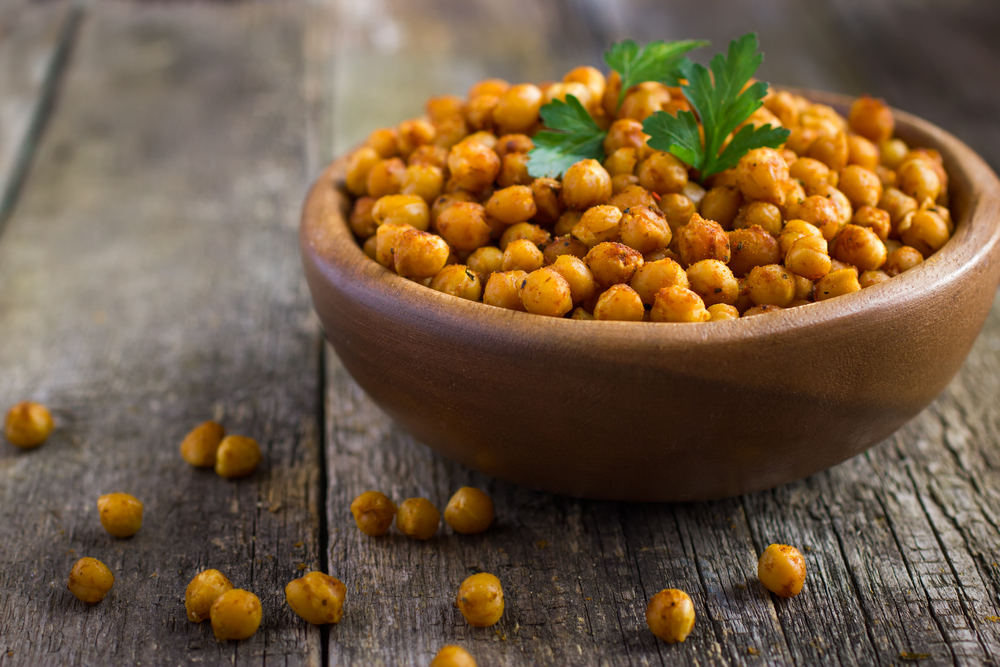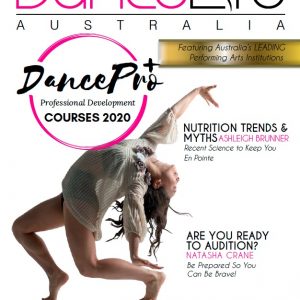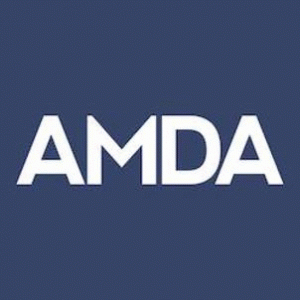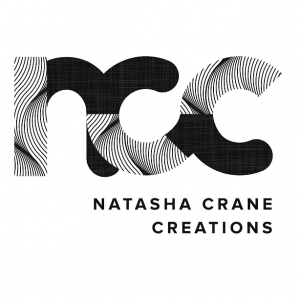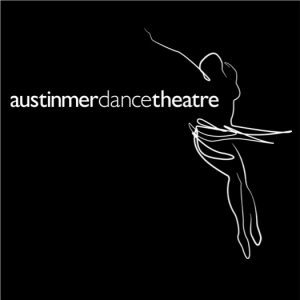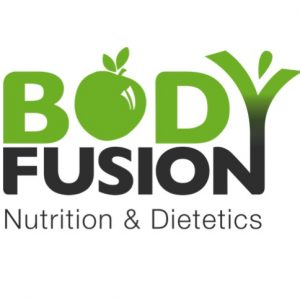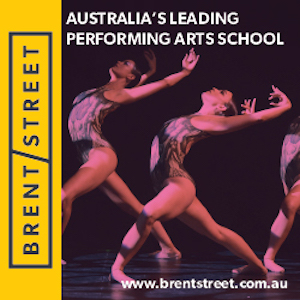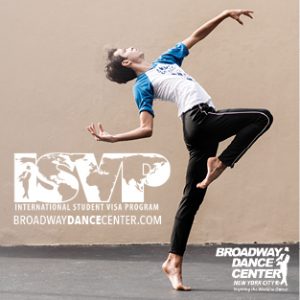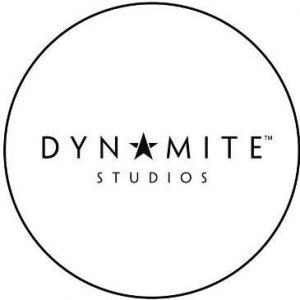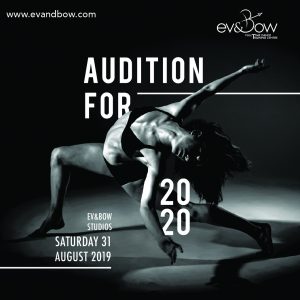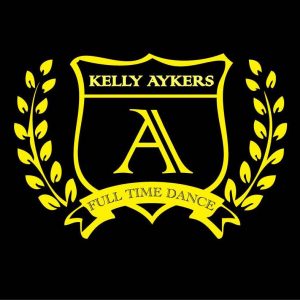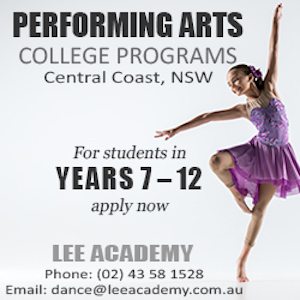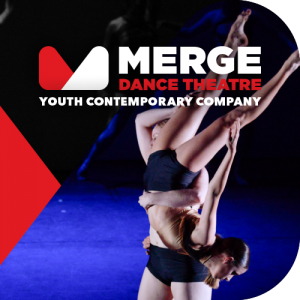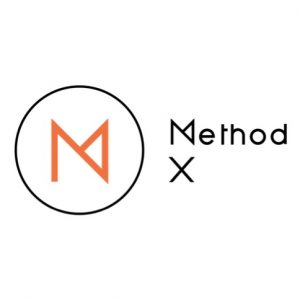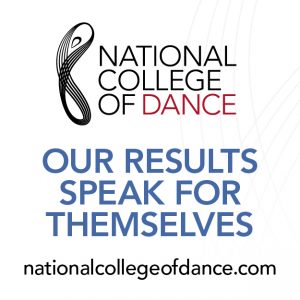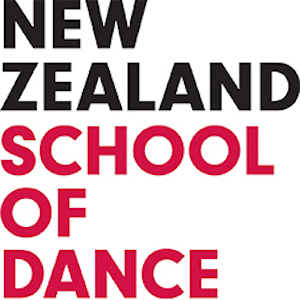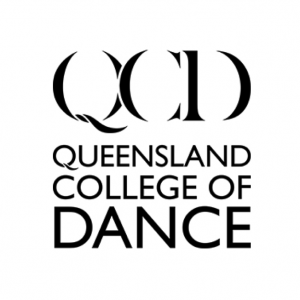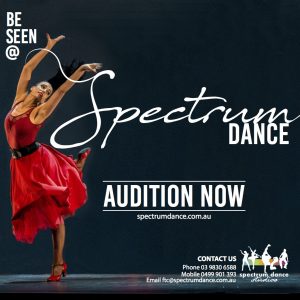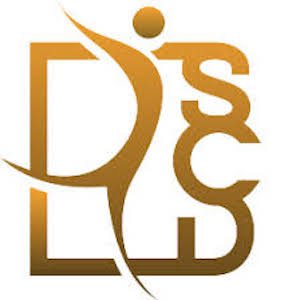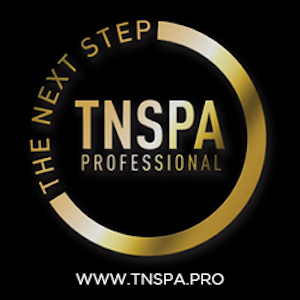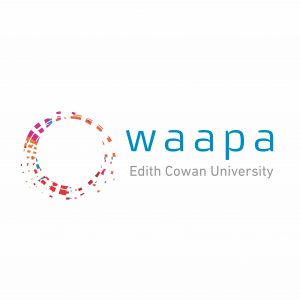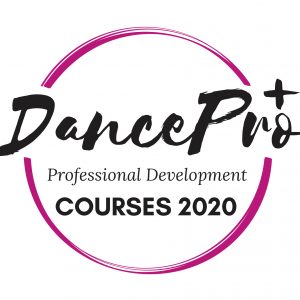Nutrition Trends & Myths
Recent Science to Keep You En Pointe
by Ashleigh Brunner, Accredited Sports Dietitian
Instagram. Google. Facebook. Television. Every day we are bombarded with information about food and nutrition. Not only can this be confusing! If we act on wrong information it can end up impacting negatively upon both our dancing as well as our health.
Accredited Sports Dietitians are trained in best science and have to keep up to date to provide safe recommendations to the public about nutrition on a daily basis. About time you stopped listening to the girl on Instagram who tells you to have skinny tea to lean up or that to be a great dancer you have to be vegan? We think so!
This article provides some insight into recent health ‘trends’ we seem to be seeing in common media and why this would not be appropriate for dancers. Many of these are diet, not lifestyle, approaches which can be very unsustainable and unhealthy.
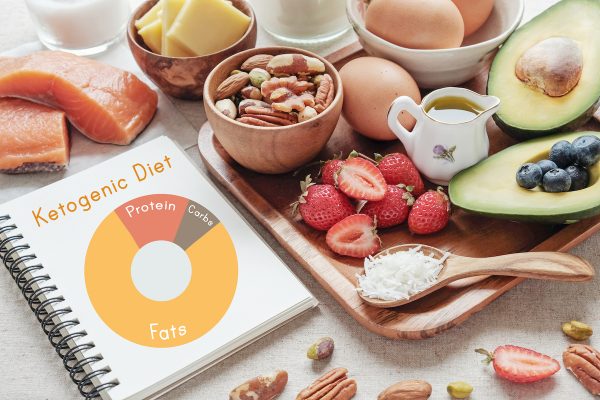
THE KETOGENIC DIET
The ketogenic diet is a low in carbohydrate (<20g/day), high in fat and adequate protein diet. When the body is starved of carbohydrates it has to look for another source of energy, so the liver turns fats into ‘ketones’ which can be used as energy. This diet was originally designed for epilepsy and has been commonly used to try and lose weight.
Why it doesn’t work for dancers? Firstly, let’s think about how practical this actually is… 20g of carbohydrates is as much as you find in banana. Day over for eating any more foods containing carbohydrates after that on the keto diet after that – No more cereal, fruit, milk, yoghurt, bread, pasta, chickpeas, lentils, crackers or yummy home-made protein balls. Suddenly we are also cutting out a bunch of different food groups and missing out on key micronutrients, thus, compromising body function.
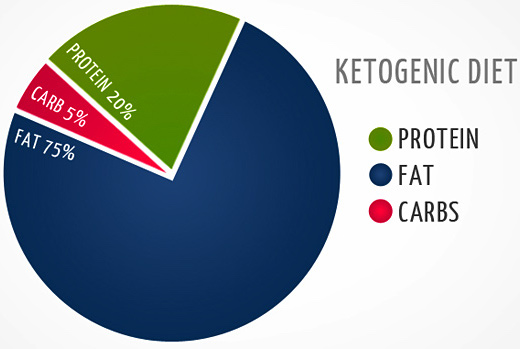
Additionally, our body NEEDS carbohydrates, especially for high intensity exercise. If there are no carbs at all we feel flat, have a greater risk of getting sick and lack energy to get the most out of our dance classes. Did I also mention that carbohydrates fuel our brain? As dancers we also need to think and assimilate feedback for patterning, so we need sharp attention and memory.
An important last note, the Keto diet is also low in fibre and can mess with our digestion leaving us feeling bloated and uncomfortable in our leotards and bodies.
DAIRY vs ALTERNATE MILKS
I went to order a coffee the other day and was offered either skim, soy, almond or macadamia milk! With many new milks popping up in the supermarket, it seems everyone is getting curious and assuming they are better than regular cow’s milk.
The point stands that original dairy milk is still wholesome and appropriate for dancers as it provides calcium and phosphorus (for strong bones and teeth), protein (for recovery), iodine (for metabolism), potassium (for blood pressure regulation), and vitamins B2 and B12 (for brain function).
Many alternate milks are: 1) Low in protein & 2) Low in calcium or not even fortified with calcium.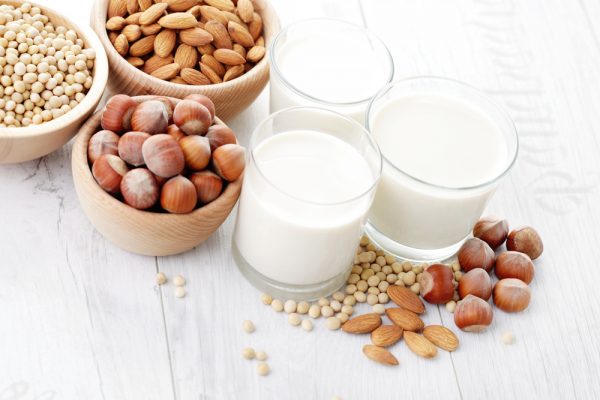
We usually recommend skim, light milk or high protein dairy milk to our dancers as it digests better when lower in fats. We recommend approximately 20g of protein within 30 minutes of post dance for recovery too, and dairy also has the perfect blend of amino acids for muscle repair.
| 1 glass of milk (250mL) | Calcium (mg) | Protein (g) |
| Regular milk (Cow) | 300 | 8.7 |
| Almond Breeze Unsweetened | 187.5 | 1.3 |
| Vitasoy Rice Milk Original | 300 | 0.8 |
| So Good Coconut | 188 | 0.5 |
| So Good Regular Soy | 400 | 8 |
| Nature’s Soy Original | 0 | 6.5 |
| Vitasoy Oat Milk | 300 | 2.5 |
| Macadamia Milk (MacaMilk) | 0 | 0.8 |
PLANT-BASED DIETS/VEGANISM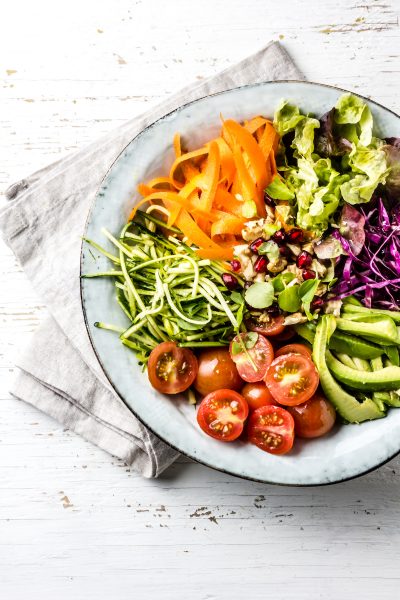
It seems the modern world has started to gravitate towards many more plant-based options or diets. First of all, these diets can be great and adequate IF DONE CORRECTLY.
Typical vegan and vegetarian diets can make it harder sometimes to reach protein requirements for dancing recovery, immunity and generating healthy hormones. They also can struggle to meet iron requirements. Iron is used to deliver oxygen from your lungs to tissues whilst dancing.
If you decide to follow a purely vegan diet, you can compromise other nutrient intakes such as B12 which is only found in animal-based foods.
And guess what?! You can still increase your intake of plant-based foods to get healthy benefits such a high-amounts of fibre for gut function, immunity and vitality whilst you are eating meat. All it involves is a little creativity such as learning how to integrate things like chickpeas into your diet, trying some traditional dahl, or incorporating tofu into a meal or two every week.
Dietitians are great with guidance in this area, so never be afraid to check in whether you are already vegetarian/vegan, considering a change OR just want to balance your diet with some more plant-based foods. It’s a great idea to make sure you are getting all the nutrition you need for dance evaluated by a professional.
And there you have it! Three top nutrition trends/myths laid out with the right science so you can make informed decisions to make sure that nutrition is always supporting you to dance beautifully.
The more educated you are about nutrition the better you can become at making your own decisions along your dancing journey. We encourage you to connect with us through social media or come visit in any of our clinics (FaceTime/Skype also available). Happy and healthy dancing!
RECIPE: CRUNCHY ROASTED CHICKPEAS
Serves: 4
Ingredients
-
400g chickpeas
-
2 tsp garam masala
-
2 tsp paprika
-
2 tsp ground cumin
-
½ tsp salt
-
2 tsp of oil
Method
-
Drain the chickpeas (if canned) and add to a bowl.
-
Add all other ingredients, making sure they are well coated with the spices
-
Roast chickpeas for 60 mins on 160 degrees Celsius, occasionally stirring to make sure evenly baked
-
Chickpeas will stay crunchy for 1-2 days and are perfect to snack on!
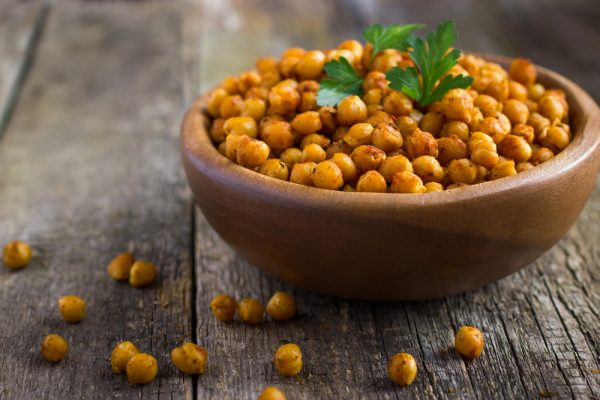
Body Fusion is a private practice Dietetics business with experienced Accredited Dietitians and Sports Dietitians, Ashleigh Brunner (owner) and Aimee Boidin. Body Fusion has five locations in Sydney: Lane Cove, Cremorne, Wahroongah, Balgowlah and Hunters Hill and presents engaging workshops to many dance schools across Sydney to optimise their students’ performance. These include not only education around fuelling and recovery for dance but also include micronutrient needs for dancers, immunity, hydration, best brand selection and nutrition tips for dance Eisteddfods and competitions. They also provide 1-to-1 consultations both in clinic and via Skype.